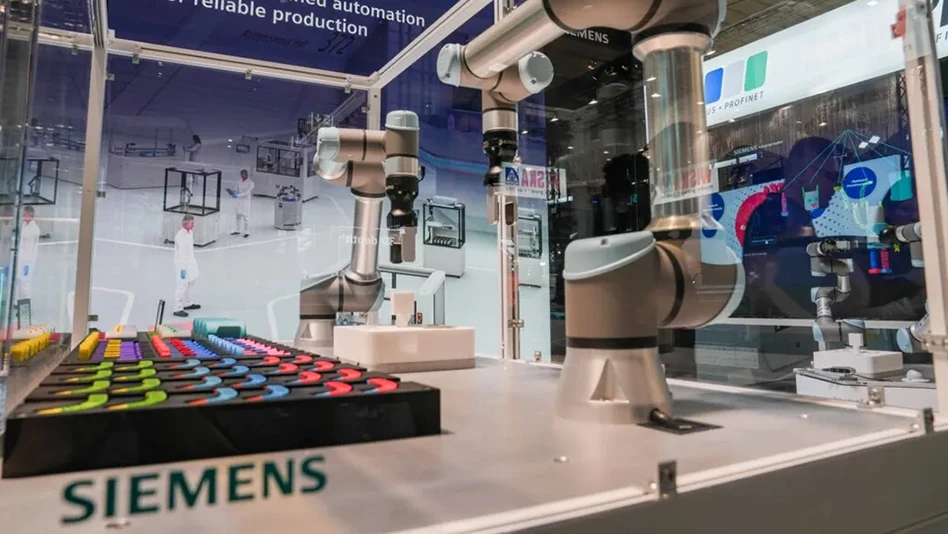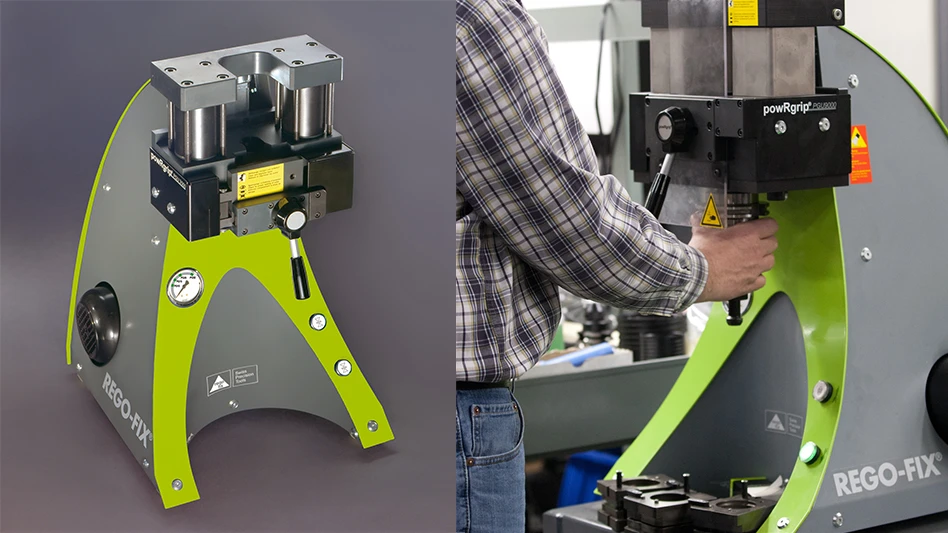
Patricio Sarzosa

The heart’s motion is so powerful that it can recharge devices that save lives. According to a study funded by the National Institutes of Health (NIH), engineers at Dartmouth College’s Thayer School of Engineering developed a dime-sized invention where the kinetic energy of the heart can be converted into electricity to power a range of implantable devices.
Millions of people rely on pacemakers, defibrillators, and other life-saving, battery-powered implantable devices that need replacing every 5 to 10 years. Those surgical replacements can be costly and create possibile complications and infections.
“We’re trying to solve the ultimate problem for any implantable biomedical device,” says Dartmouth engineering professor John X.J. Zhang, a lead researcher on the study his team completed alongside clinicians at the University of Texas in San Antonio. “How do you create an effective energy source so the device will do its job during the entire lifespan of the patient, without the need for surgery to replace the battery?”
“Of equal importance is that the device not interfere with the body’s function,” adds Dartmouth research associate Lin Dong, first author on the paper. “We knew it had to be biocompatible, lightweight, flexible, and low-profile, so it not only fits into the current pacemaker structure but is also scalable for future multi-functionality.”
The team’s work proposes modifying pacemakers to harness the kinetic energy of the lead wire attached to the heart, converting it into electricity to continually charge the batteries. The material modifying the pacemaker is a thin polymer piezoelectric film, polyvinylidene difluoride (PVDF), which when designed with porous structures – either an array of small buckle beams or a flexible cantilever – can convert small mechanical motion to electricity.
An added benefit: the same modules could potentially be used as sensors to enable data collection for real-time patient monitoring.
With two years remaining of NIH funding, plus time to finish the pre-clinical process and obtain regulatory approval, a self-charging pacemaker is approximately five years out from commercialization, according to Zhang.
“We’ve completed the first round of animal studies with great results,” Zhang says. “There is already a lot of expressed interest from the major medical technology companies, and Andrew Closson, one of the study’s authors working with Dong and an engineering Ph.D. Innovation Program student at Dartmouth, is learning the business and technology transfer skills to be a cohort in moving forward with the entrepreneurial phase of this effort.”
Other key collaborators on the study include Dartmouth engineering professor Zi Chen, an expert on thin structure mechanics, and Dr. Marc Feldman, professor and clinical cardiologist at UT Health San Antonio.
Thayer School of Engineering at Dartmouth
https://engineering.dartmouth.edu
UT Health San Antonio
https://www.uthscsa.edu
Get curated news on YOUR industry.
Enter your email to receive our newsletters.
Explore the April 2019 Issue
Check out more from this issue and find your next story to read.
Latest from Today's Medical Developments
- Hacker-proofing smart implants
- Register now to learn solutions for high-temperature aerospace machining challenges
- Expertise on machining, joining offered in April’s Manufacturing Lunch + Learn
- Incredible Machine works on the Rube Goldberg principle
- FAULHABER’s metal planetary gearhead family
- Aerospace Industry Outlook - Spring 2025, presented by Richard Aboulafia
- World’s smallest pacemaker is activated by light
- FANUC America’s ready-to-deploy cobot web tool






